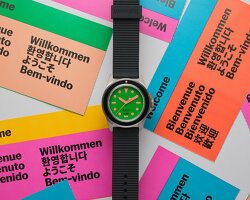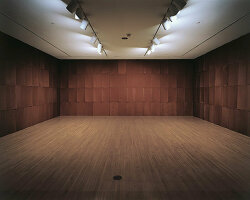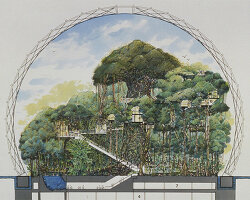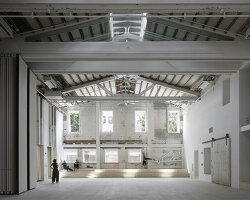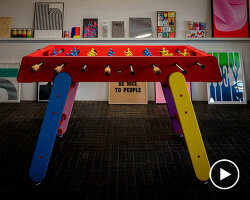KEEP UP WITH OUR DAILY AND WEEKLY NEWSLETTERS
PRODUCT LIBRARY
a powerful symbol of the house’s cultural heritage, the jockey silk with colorful geometric motifs is an inspiration for leather goods and textiles.
connections: +670
watch our livestream talk with BMW Design at 19:15 CEST on monday 15 april, featuring alice rawsthorn and holger hampf in conversation.
connections: +320
the solo show features five collections, each inspired by a natural and often overlooked occurence, like pond dipping and cloud formations.
discover our guide to milan design week 2024, the week in the calendar where the design world converges on the italian city.
connections: 48
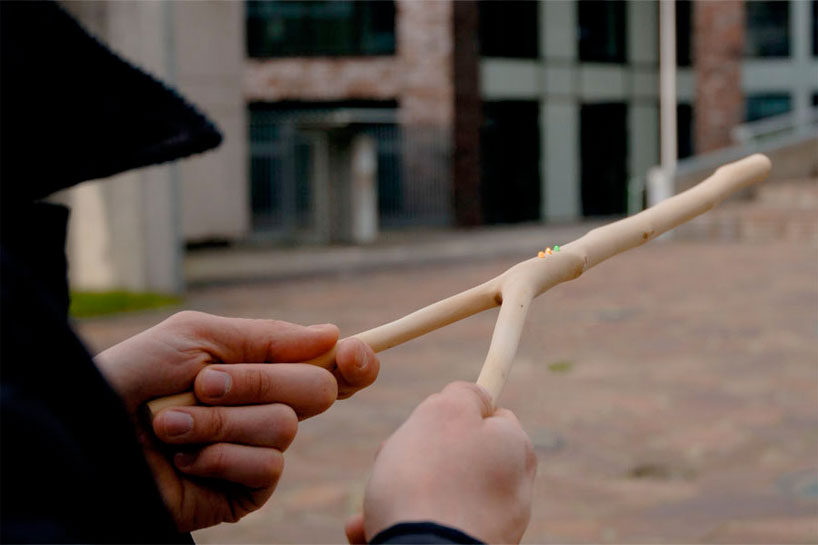
 ‘rubik’s cube for the blind’ by konstantin datz image by konstantin datz
‘rubik’s cube for the blind’ by konstantin datz image by konstantin datz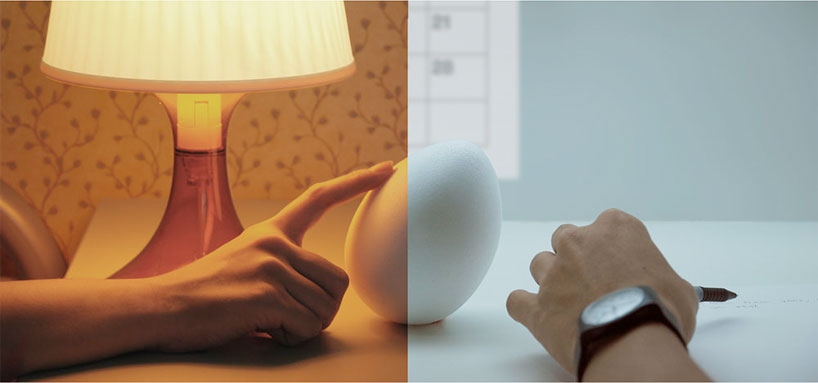 ‘roly poly’ by the national university of singapore’s design incubation centre image courtesy of national university of singapore’s design incubation centre
‘roly poly’ by the national university of singapore’s design incubation centre image courtesy of national university of singapore’s design incubation centre ‘botanicalls’ by rob faludi, kate hartman, and kati london image by
‘botanicalls’ by rob faludi, kate hartman, and kati london image by  ‘berlin, city smell research’ by sissel tolaas image by sissel tolaas
‘berlin, city smell research’ by sissel tolaas image by sissel tolaas ‘artificial biological clock’ by revital cohen image by tuur van balen
‘artificial biological clock’ by revital cohen image by tuur van balen